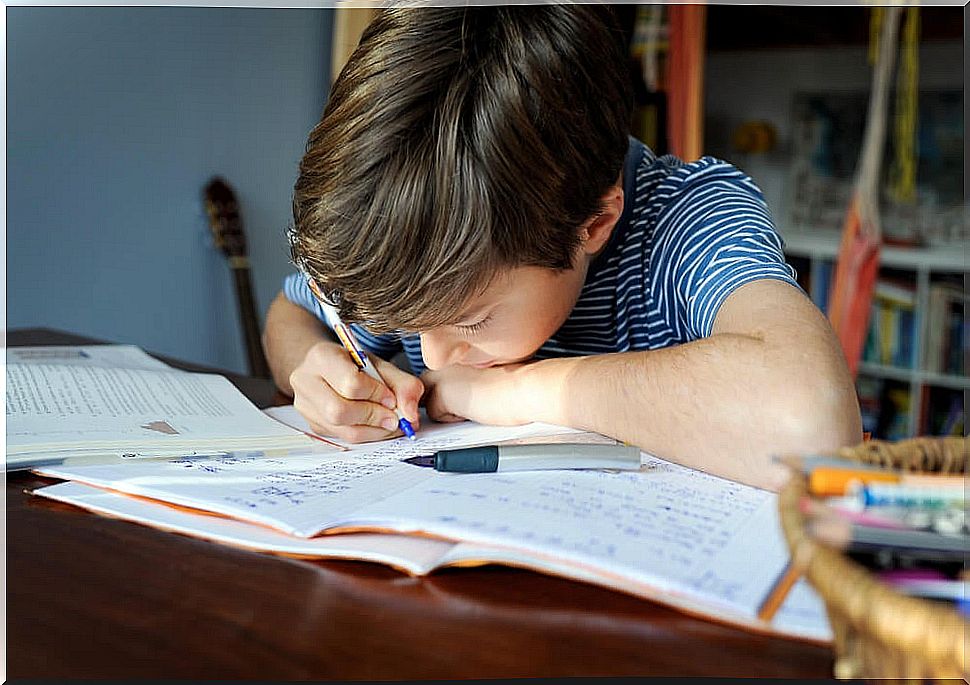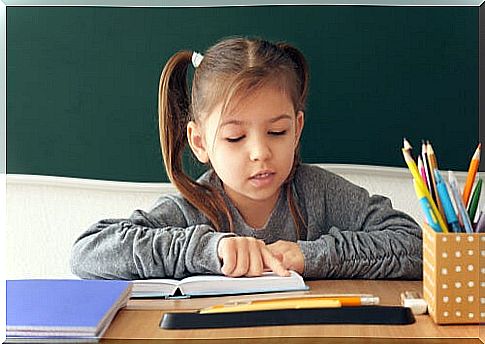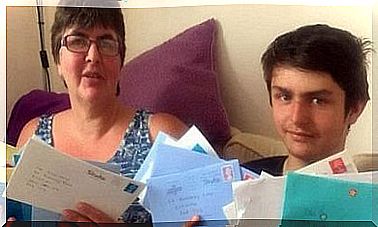Hiatuses And Diphthongs, Exercises For Primary School Children

Hiatuses and diphthongs are contents of the school curriculum that must be taught at school. However, it may be useful for parents to have some exercises for hiatuses and diphthongs on hand so that their children can also work at home and thus promote better learning of these contents.
Know the vowels to learn what is a hiatus and a diphthong
To understand what a diphthong and a hiatus are, we must first know that vowels are divided into two categories. On the one hand, or weak vowels, which are the I and U , and on the other, open or strong vowels, which are the A , E , and O .
With which, to recognize if we find a hiatus or a diphthong, we have to divide the words correctly into syllables, and we must be clear about these characteristics of the vowels.
Hiatus and diphthong
A hiatus is the union of two vowels in the same word, but in different syllables, and that are pronounced interrupted in two different syllables. In turn, the hiatuses are divided into formal or simple, and accentual hiatus. The formal hiatus is about the meeting of two open vowels or two closed vowels. And an accentual hiatus is when there is an unstressed open vowel (no accentual beat) followed by a stressed closed vowel (with an accent).

For its part, a diphthong is when there are two vowels in the same syllable, one of them is a closed vowel (unstressed, not stressed) and the other is an open vowel. Although it is also a diphthong when in the same syllable we find two different closed vowels. In turn, the diphthongs can be decreasing or increasing.
In this sense, they are decreasing when they are formed by a first open vowel and a second closed vowel. And they are increasing when they are formed by a first closed vowel and a second open vowel. In addition, there are homogeneous diphthongs, formed by two closed vowels not stressed.
Exercises for Primary children of hiatuses and diphthongs
Here we share some simple exercises for hiatuses and diphthongs, for Primary children to put into practice both at school and at home.
-
Coloring hiatuses and diphthongs
Jumbled words are written on a colored card. Thus, children must color the words with different colors, green and red, depending on whether they contain hiatuses or diphthongs, respectively.
Example words : With hiatuses: trunk, theater, corn, smile, towel, line. With diphthongs: caring, noise, umbrella, honey, water, city.
-
Recognizing hiatuses and diphthongs
A variant of the previous exercise is, instead of coloring the words with hiatuses and diphthongs, write them down on a sheet of paper. That is, the teacher will say the words aloud, one by one, and the children, in groups of three, will write down on a sheet if it is a word with a hiatus or a diphthong. At the end, a winning team will be chosen according to the successes that each group has.
Example of words with hiatuses and diphthongs : story, alcohol, comb, strings, save, roll, heaven, queen, wheel, umbrella, slept, egg, grandmother, melody, lioness, dance, molars.
-
Making up stories
Children can write short essays that include sentences containing, for example, words with hiatuses made up of open vowels.
Example : Last week I went with my grandparents to the museum.

-
1, 2, and 3 … look for diphthongs!
While the children are on their backs without looking, on a blackboard we write many words that have diphthongs, both increasing and decreasing. Thus, on the count of 3, they will turn to look at the board and with a specified time (20 seconds), the children will have to identify words with decreasing diphthongs. Immediately, the exercise will be repeated to find words with increasing diphthongs in a second round.
It is important that the educator or the adult accompanying the children can write down the words that they indicate and then make a correction. Or, in any case, explain well, clearly, both the mistakes and the successes.
-
Guessing accent hiatuses
The children must guess riddles taking as a clue that the correct answer will always be a word made up of an accentual hiatus. In this way, you can create riddles for words such as: country, laugh, protein, distracted, parachute …
Example : (ar-co-í-ris). Riddle: it usually appears in the sky after a storm.










